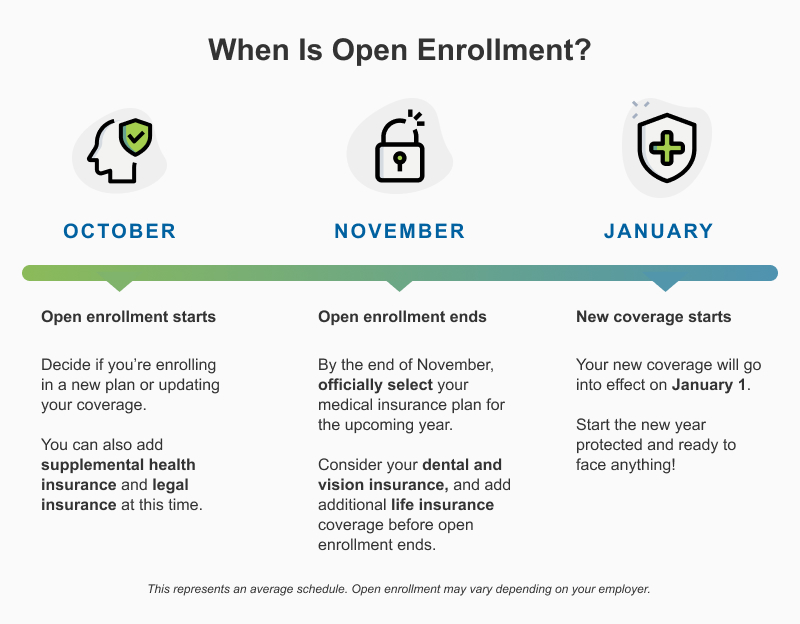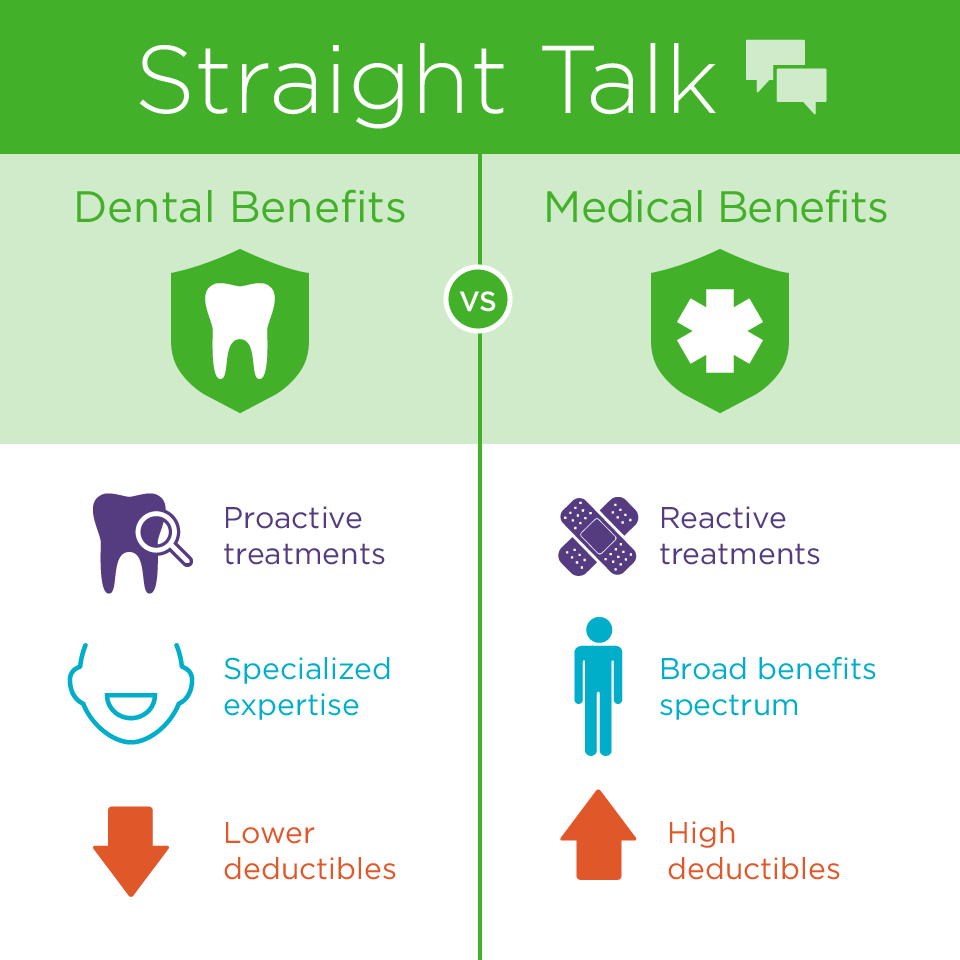Unknown Facts About Medicare Advantage Agent
Unknown Facts About Medicare Advantage Agent
Blog Article
Some Known Details About Medicare Advantage Agent
Table of ContentsThe Main Principles Of Medicare Advantage Agent How Medicare Advantage Agent can Save You Time, Stress, and Money.What Does Medicare Advantage Agent Mean?


follows from complies with the perplexing young reasonably profile of account uninsured with without insurance better health, wellness average, standard younger persons. For those without access to workplace wellness insurance policy, poor health is a potential obstacle to purchasing nongroup coverage since such coverage may be extremely valued, leave out preexisting conditions, or be simply not available. Unless or else kept in mind, national quotes of individuals without health insurance policy and percentages of the population with various kinds of coverage are based on the CPS, the most extensively used source of price quotes of insurance coverage and uninsurance rates.

Little Known Facts About Medicare Advantage Agent.
Over a three-year duration beginning early in 1993, 72 million individuals, 29 percent of the united state population, were without insurance coverage for at the very least one month. Within a single year(1994), 53 million people experienced at the very least a month without protection(Bennefield, 1998a). 6 out of every ten uninsured grownups are themselves employed. Although working does enhance the likelihood that and one's relative will certainly have insurance policy, it is not a warranty. Even participants of families with two permanent breadwinner have virtually a one-in-ten chance of being uninsured (9.1 percent without insurance price)(Hoffman and Pohl, 2000 ). The relationship in between medical insurance and access to care is well developed, as recorded later in this chapter. The partnership between wellness insurance and health and wellness end results is neither straight neither straightforward, a substantial clinical and health and wellness services research literature links health and wellness insurance policy protection
to improved access accessibility care, better qualityHigh quality and improved boosted and population populace health and wellnessStanding The 2nd record, on personal health end results for without insurance grownups, is represented by the inner circle of the number, while the 3rd record, on household wellness, encompasses the subjects of the second record however highlights a various system of evaluation, namely, the family. The 6th report in the collection will present information regarding strategies and initiatives undertaken locally, statewide, or across the country to resolve the absence of insurance and its unfavorable effects. Degrees of evaluation for checking out the results of uninsurance. This conversation of medical insurance coverage concentrates primarily on the U.S. populace under age 65 because essentially all Americans 65 and older have Medicare or other public protection.
It concentrates particularly on those without any type of health and wellness insurance policy for any size of time. The troubles encountered by the underinsured are in some areas comparable to those dealt with by the uninsured, although they are generally less severe. Uninsurance and underinsurance, nonetheless, entail clearly various plan issues, and the approaches for resolving them might differ. Throughout this research and the five records to comply with, the primary emphasis gets on individuals without medical insurance and hence no support in paying for health and wellness care past what is readily available via charity and safeguard organizations. Wellness insurance policy is an effective factor influencing invoice of care because both patients and doctors reply to the out-of-pocket cost of solutions. Health and wellness insurance coverage, however, is neither essential neither enough to obtain access to clinical solutions. Nonetheless, the independent and straight impact of health and wellness
insurance coverage on accessibility to health and wellness services is well established. Others will acquire the healthcare they need even without medical insurance, by spending for it expense or seeking it from carriers that use treatment complimentary or at highly subsidized rates. For still others, health insurance alone does not make sure invoice of treatment since of other nonfinancial obstacles, such as a lack of healthcare providers in their community, limited access to transportation, illiteracy, or etymological and cultural distinctions. Official study concerning uninsured populaces in the United States dates to the late 1920s and very early 1930s when the Committee on the Price of Medical Care produced a series of reports concerning funding physician workplace visits and hospital stays. This concern ended up being significant why not try these out as the varieties of clinically indigent climbed during the Great Depression. Empirical research studies continually sustain the web link between access to care and boosted health end results(Bindman et al., 1995; Starfield, 1995 ). Having a normal resource of treatment can be thought about a predictor of access, rather than a straight measure of it, when health end results are themselves made use of as access indications. This expansion of the idea of accessibility measurement was made by the IOM Committee on Keeping An Eye On Access to Personal Health And Wellness Care Services(Millman, 1993, p. Whether or not moms and dads are insured appears to impact whether their youngsters get care in addition to just how much careeven if the youngsters themselves have insurance coverage(Hanson, 1998). The health of moms and dads can influence their capability to take care of their youngsters and the degree of family stress. Bothering with their kids's access to care is itself a resource of tension for moms and dads. Three phases follow in this report. Phase 2 supplies an overview of how employment-based medical insurance, public programs and specific insurance coverage run and communicate to offer considerable but incomplete protection of the U.S. populace. This consists of an evaluation of historical trends and public policies impacting both public and exclusive insurance policy, a discussion of the interactions among the different types of insurance, and an assessment of why individuals relocate from one program to one more or finish up

Report this page